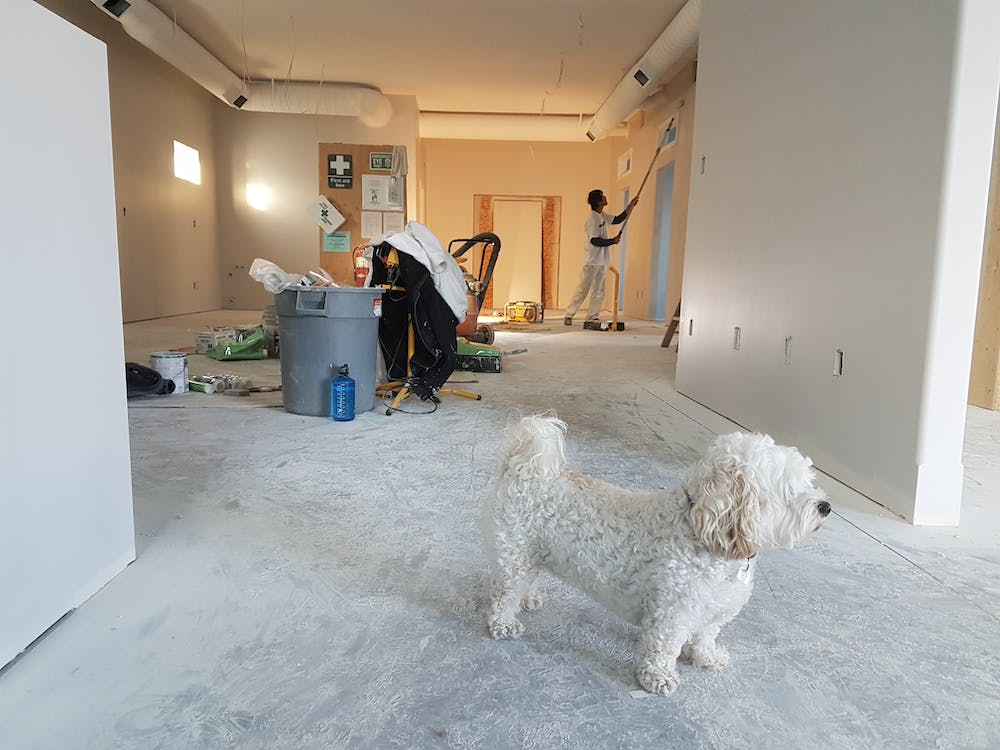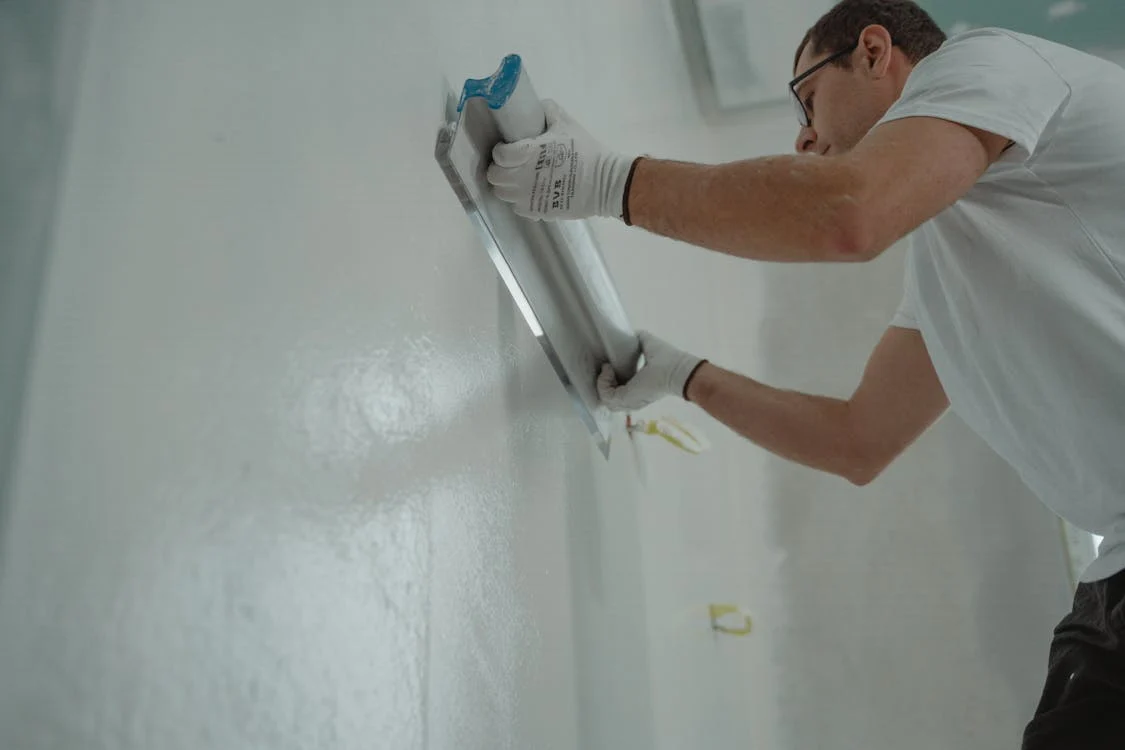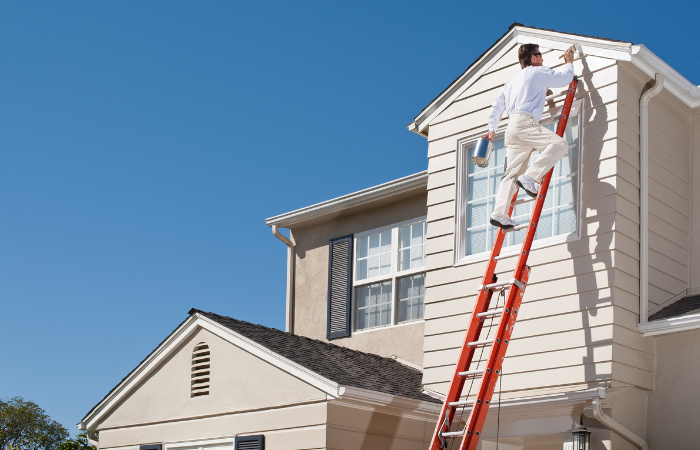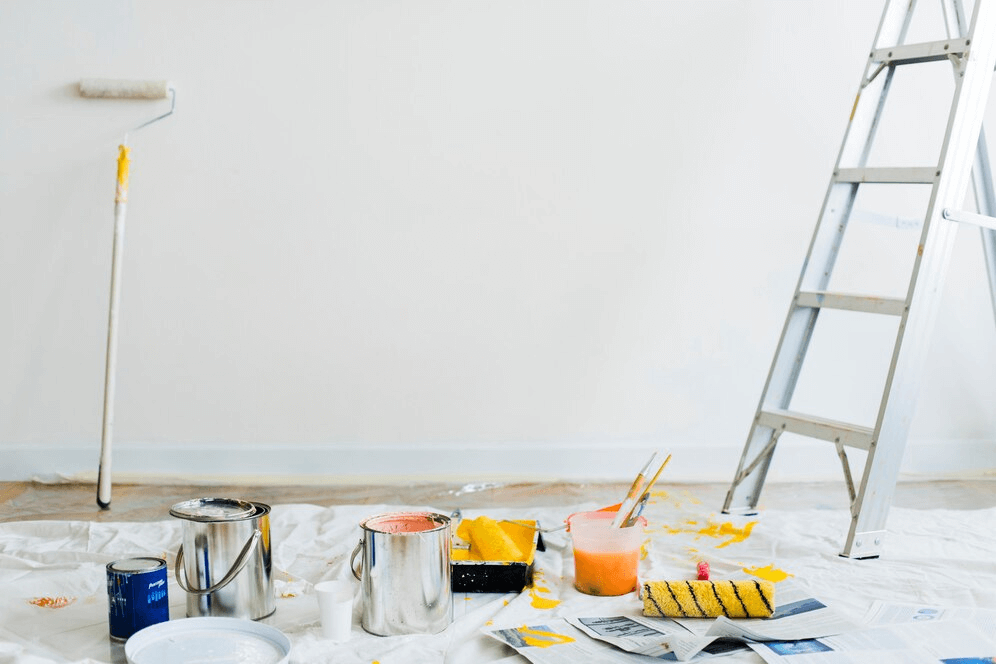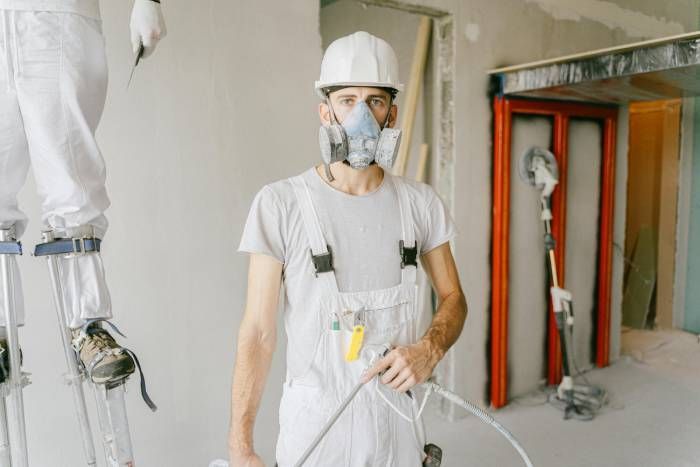Need Window Cleaning, Power Washing & Gutter Cleaning?
We do that too! Check out J&S Clean Pros:
The Advantages of Water Based Paints for Eco-Friendly Home Projects
For practically all painting projects, both interior and outdoor, water-based paints are a must. Unlike certain oil-based paints, water-based paints tend to dry fast, are easy to clean up, and don't smell strong. Selecting the appropriate paint is essential when it comes to decorating and painting your home or workplace. The coatings business has advanced its innovation to the point where it currently offers high-performing, environmentally friendly products. Learn everything there is to know about water-based paint and why it's the ideal option for your upcoming renovation project.
What Are Water Based Paints?
Water-based paints, also known as latex or acrylic paints, are a type of paint that uses water as a carrier or solvent. These paints have gained popularity due to their ease of use, low odor, quick drying time, and environmental friendliness compared to traditional solvent-based paints.
Water-based paints are commonly used for interior and exterior painting applications, including walls, ceilings, trim, furniture, and crafts. They come in a variety of finishes, such as flat, eggshell, satin, semi-gloss, and gloss, offering options for different aesthetic preferences and functional needs.
Here are some key features and components:
Water as Carrier
Water is used as the primary solvent or carrier in water-based paints. This means that the pigments and binders in the paint are suspended in water instead of oil or other organic solvents.
Acrylic Binders
Aqueous-based paints often use acrylic or vinyl acrylic polymers as binders. These binders help the paint adhere to the surface and provide durability and flexibility once dried.
Pigments
Like other types of paint, water-based paints contain pigments that give them color. These pigments are finely ground particles dispersed in the paint.
Additives
Water-based paints may contain various additives to improve their performance, such as surfactants to aid in pigment dispersion, thickeners to control viscosity, and preservatives to prevent spoilage.
Quick Drying
Water-reducible paints dry relatively quickly compared to oil-based paints. This fast drying time makes them convenient for use on interior walls and other surfaces where quick turnaround is desirable.
Easy Cleanup
Since water is the primary solvent, aqueous-based paints are easy to clean up with water and soap, making them ideal for indoor use where spills and splatters are common.
Benefits of Water Based Paints for Eco-Friendly Homes
Using water-based paint for your business decoration projects helps you to make the world a safer, greener, and more sustainable place, in addition to producing visually appealing spaces.
Water-based paints offer several benefits for eco-friendly homes due to their lower environmental impact and health considerations. Here are seven benefits:
Low VOC Content
VOCs contribute to indoor air pollution and can have adverse health effects, such as respiratory irritation and headaches. By choosing paints with low VOC content, homeowners can improve indoor air quality and reduce their exposure to harmful chemicals.
Reduced Air Pollution
VOCs released during paint application and drying can react with other pollutants in the atmosphere to form smog and ground-level ozone, which are harmful to human health and the environment. By using aqueous-based paints, homeowners can help reduce air pollution and improve overall air quality in their communities.
Non-Toxic Formulation
Aqueous-based paints are generally formulated with non-toxic ingredients, making them safer for both human health and the environment. These paints do not contain harmful solvents like benzene or toluene found in some solvent-based paints, reducing the risk of exposure to hazardous chemicals for homeowners, painters, and occupants of the home.
Easy Cleanup and Disposal
Aqueous-based paints are easy to clean up with water and soap, eliminating the need for harsh solvents or chemicals. This makes paint cleanup safer for homeowners and reduces the environmental impact of paint disposal.
Energy Efficiency
Aqueous-based paints typically have shorter drying times compared to solvent-based paints, which can contribute to energy savings during the painting process. Faster drying times mean less time spent running fans or HVAC systems to facilitate drying, resulting in reduced energy consumption and lower utility bills for homeowners.
Durability and Longevity
Aqueous-based paints often provide excellent adhesion and durability, leading to longer-lasting paint jobs. This can reduce the frequency of repainting, which in turn reduces the consumption of paint and associated resources over time. By choosing durable paints, homeowners can minimize the environmental impact of paint production and disposal while maintaining a fresh and attractive appearance for their homes.
Support for Sustainable Practices
By choosing aqueous-based paints, homeowners can support sustainable practices in the paint industry and encourage the development of environmentally friendly products. Increased demand for aqueous-based paints can incentivize manufacturers to invest in research and development of low-VOC formulations, renewable materials, and other eco-friendly innovations, leading to further improvements in paint sustainability and performance.
FAQs
Are water-based paints as durable as oil-based paints?
Water-based paints are generally durable and suitable for most interior and exterior applications. However, oil-based paints may offer slightly better durability and adhesion in certain situations, such as high-traffic areas or surfaces exposed to harsh weather conditions. It's essential to choose the appropriate type of paint for the specific project and surface to achieve the desired durability.
Can water-based paints be used over oil-based paints?
In many cases, aqueous-based paints can be applied over properly prepared oil-based paint surfaces. However, it's crucial to ensure that the oil-based paint is clean, dry, and free of any contaminants or gloss before applying water-based paint. Using a bonding primer or sanding the surface lightly can help promote adhesion between the layers. Always follow the manufacturer's recommendations and perform a small test area before proceeding with the full application.
How do I clean tools and brushes used with aqueous-based paints?
Cleaning tools and brushes used with water-reducible paints are easy and require only soap and water. After completing the painting project, rinse brushes and rollers thoroughly under running water to remove excess paint. Then, wash them with mild soap or detergent until the water runs clear. For stubborn residue, use a brush comb or wire brush to loosen the paint from the bristles. Once clean, allow the tools to dry completely before storing them for future use.
Do water-based paints have a strong odor?
Water-based paints typically have a lower odor compared to solvent-based paints, making them more suitable for indoor use and areas with limited ventilation. While water-based paints may still have a slight odor during application, it tends to dissipate quickly as the paint dries. Ventilating the area by opening windows and using fans can help speed up the drying process and reduce any lingering odors.
Conclusion
As a professional painter in Long Island, NY, we carefully weigh our clients’ needs and preferences. We believe the secret to making sure every painting project is successful is communication. Water-based paints dries fast, are easy to use, and are good for the environment. If you need paint for your walls, ceilings, or outdoor spaces, contact us today.



